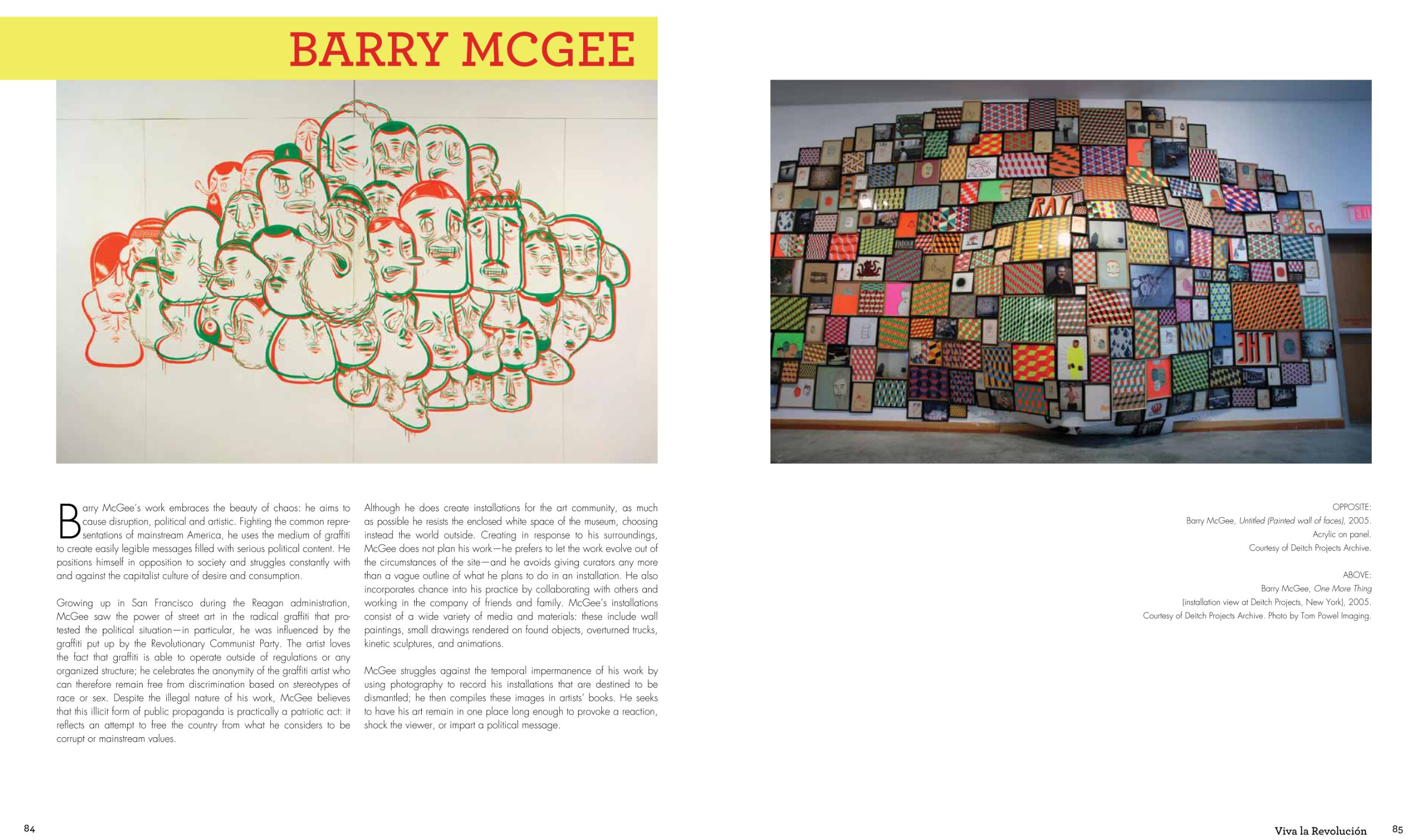Viva La Robolución! Mac OS
A group of individuals fighting for the equal rights of all Apple and Mac OS based computers. Viva la resistance! A group of individuals fighting for the equal rights of all Apple and Mac OS based computers. Viva la resistance!
Apple on Thursday gave us another sneak peek at what’s in store for the next major release of Mac OS X, dubbed Lion, due out this summer. Between the iOS-inspired features we saw in the first Lion preview in October and the new features the company revealed today, it’s clearer than ever that Apple isn’t merely getting Back to the Mac. With Lion, Apple is getting back to basics, making significant changes and adding new features that are all focused on making the Mac easier to use and more accessible to both new and longtime users.
Apple has always touted the Mac as the “computer for the rest of us,” wearing its reputation on its shoulder for designing intuitive interfaces and great experiences. But there have always been parts of Mac OS X where those claims just don’t hold up. Remember the last time you tried to explain to your parents or non-technical friends how to download and install Firefox from a Disk Image—or for that matter, what a Disk Image even is? With the meteoric rise of iOS and the iPad changing our perception of the personal computer, Mac OS X can sometimes look downright Windows-y by comparison.
Lion is designed to fix that.

You got your iOS in my Mac OS
Apple isn’t kidding around when it says the iPad was the inspiration for many of the big additions and changes in Mac OS X Lion. In the October preview, we saw some of the blossoming fruits of iOS’s muse: full-screen apps, even deeper multitouch support with new gestures, and a new Launchpad view of all your apps that was stolen straight off the iPad’s homescreen—all are focused on making parts of Mac OS X and our apps more accessible.
There is a general theme in Lion of simplifying Mac OS X, either by streamlining existing features or by bringing iOS workflow perks to the Mac. For example, Apple unveiled a new Lion feature on Thursday, called AirDrop, which is “a remarkably simple way to copy files wirelessly from one Mac to another with no setup.” But this just sounds like an update and rebranding of the Bonjour file sharing and public folder features that Mac OS X has had all along, except the goal of AirDrop is to make file sharing between family and coworkers much, much easier to grasp and use. Like it did for some parts of iOS, Apple simplified existing Mac OS X features and polished them up with a better interface.
There are plenty of other more subtle tweaks that are making the pilgrimage from iOS to Mac OS, all in the name of streamlining the interface and the many ways we interact with apps. From more legible and universal icons (see Mail 5 on Apple’s Lion page), to popovers (see iLife ’11), to scrollbars that can hide when you don’t need them, Mac OS X Lion will simply look cleaner and more intuitive than any of its predecessors, and it has iOS to thank.

Viva la Mac
But if the iPad was “just a giant iPod touch,” is the Mac becoming “just a giant iPad?” Not in the least. The file system hasn’t gone anywhere, the Finder looks to have received some much-needed attention, and despite concerns of Apple embracing digital totalitarianism after announcing the Mac App Store, you will not be forced to give up the ability to install software from anywhere on the Web.
Viva La Revolucion French
Another new Lion feature Apple announced, “Resume,” is also an ode to iOS, but it will likely have an even larger impact on the Mac. Just like switching between apps on an iPad or iPhone, or even restarting the device, Resume is Lion’s official support for third-party Mac apps to pick up right where they left off, even after a restart. That’s not merely a good idea in iOS, it’s just a good idea for any reasonably complex computing device—especially one that is designed to multitask and juggle many apps and open windows with ease.
Speaking of recovering your data, a pair of new features will make it easier to continue working with individual documents and recuperating lost data—key requirements of any worker bee who needs more power and flexibility than iOS typically offers. Auto Save will allow apps to automatically save your work as you create it, while Versions brings the continuous backup concepts and interface behind Time Machine down to a per-document basis. You will be able to step back through the history of the current file on-the-fly and easily revert to a previous iteration.
Great artists reciprocate
Viva La Revolucion France
iOS and Mac OS X are symbiotic entities. When designing iOS, Apple distilled the Mac down to something pocketable, but the core concepts are there, such as an app-centric workflow, an always-accessible “home base” Dock, and a fierce pursuit of intuitive interfaces. After gaining knowledge and experience from nearly five years and four versions of iOS, Apple clearly felt that it’s time to return the favor in Lion. Apple is incorporating some of the fresh simplicity of iOS back into its point-and-click desktop computing platform that, at its conceptual core, is almost three decades old.
When Lion arrives, the Mac might begin to resemble some aspects of Apple’s simpler, more streamlined OS that’s designed for mobile devices. But that’s only because they are fundamentally good ideas that can polish a full-featured desktop platform and make it even easier to use, without sacrificing any of the power and flexibility that brought users to the platform to begin with.
Viva La Revolucion Gif
[David Chartier is a Macworld associate editor.]